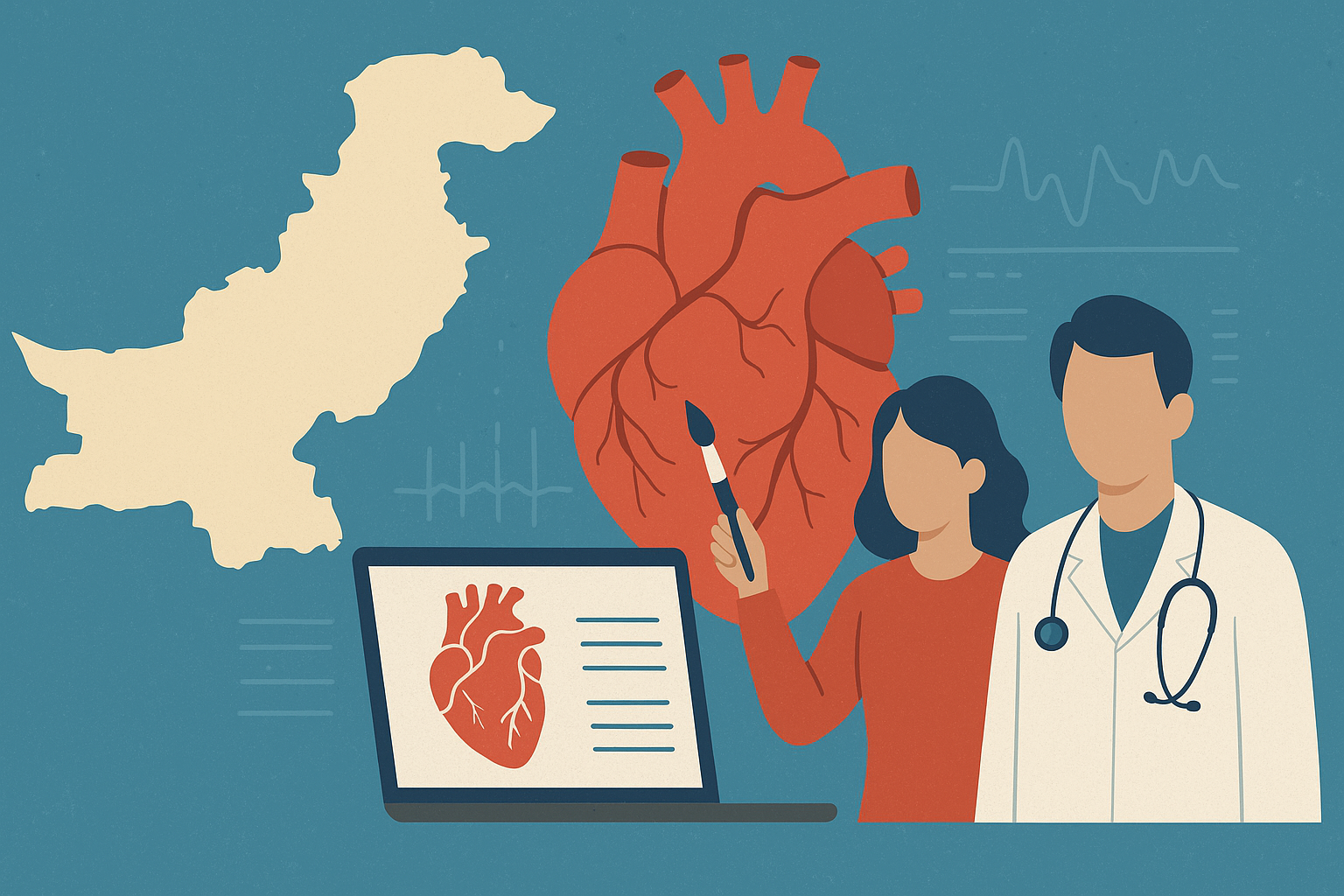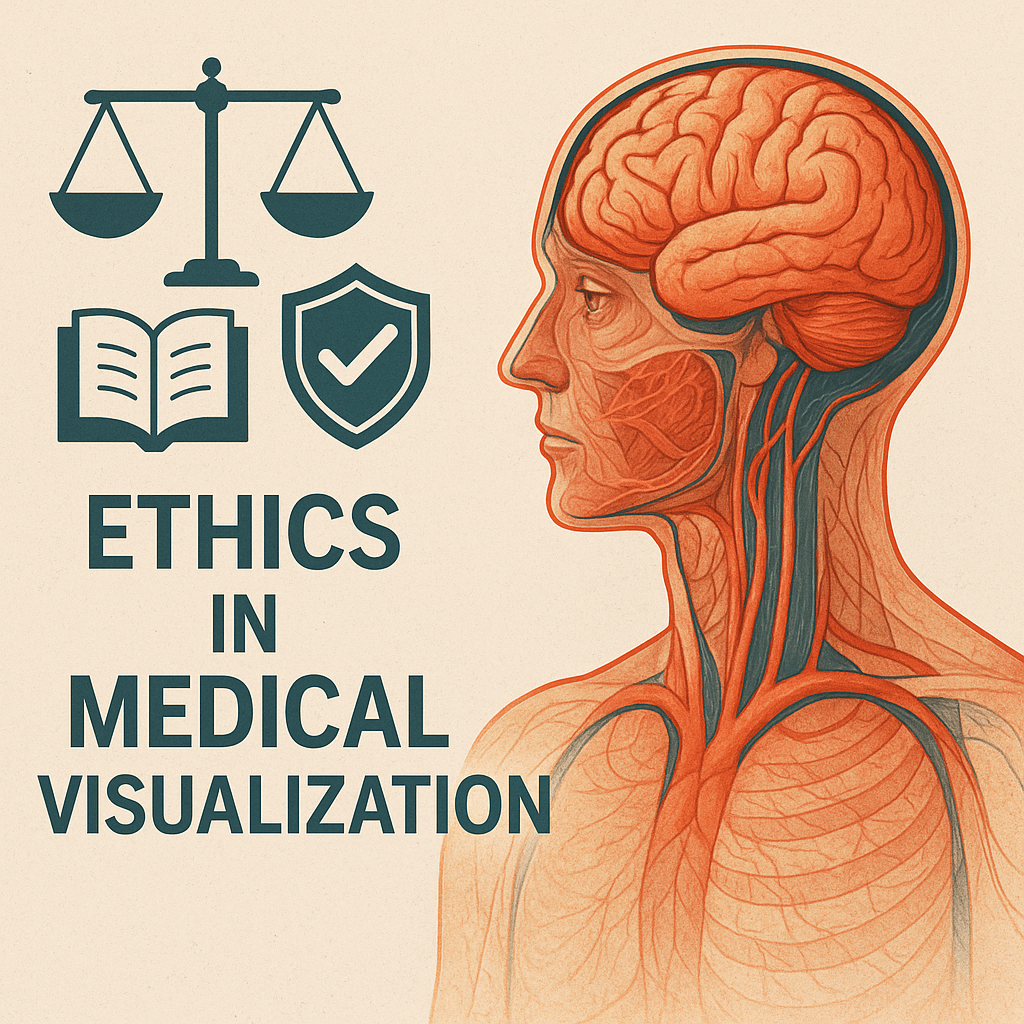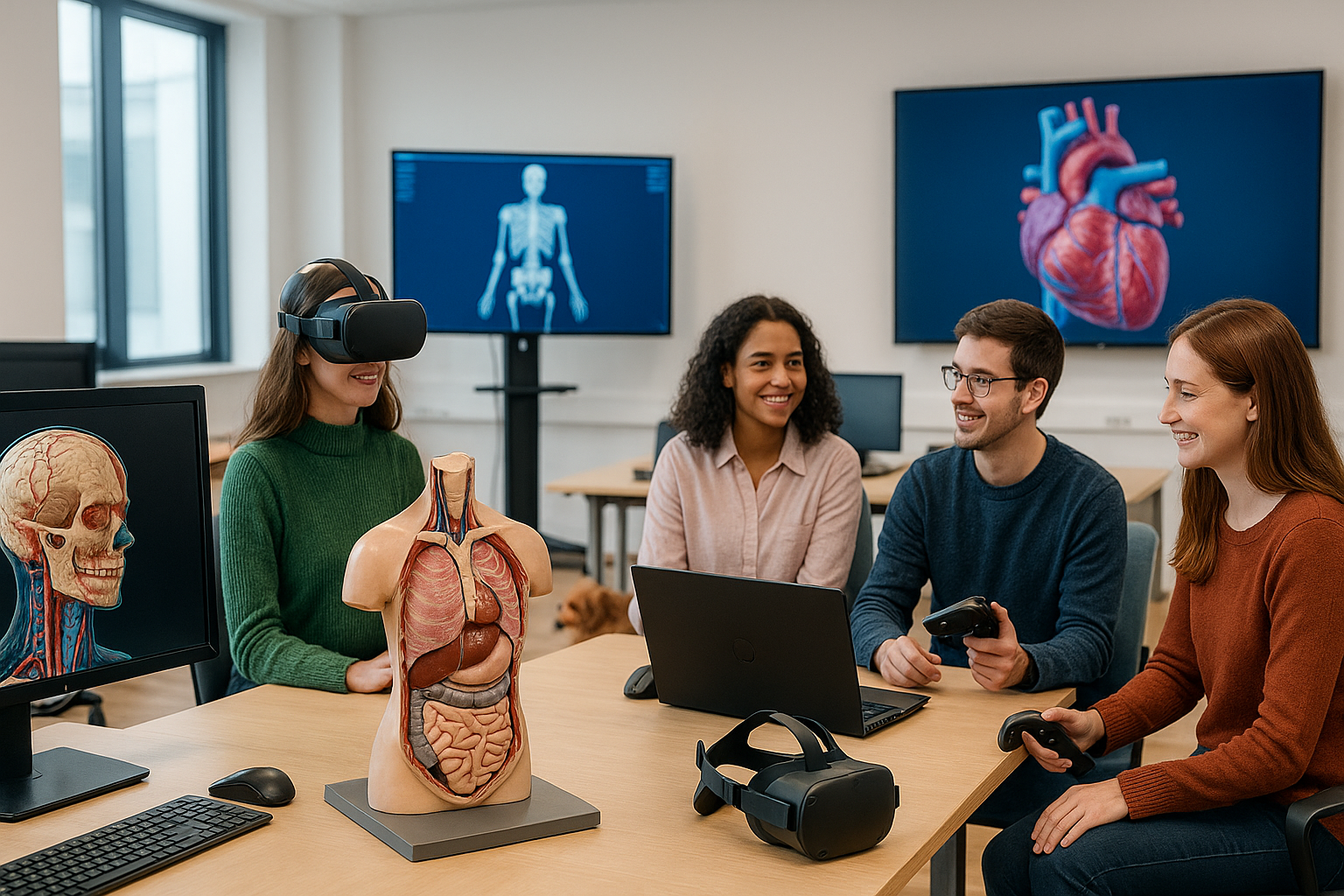And how my project “MedArtistry” is part of that vision
Where It All Started
As a final-year university student studying animation, I’ve always been fascinated by how art can serve a purpose beyond entertainment — to educate, inform, and even save lives. That interest took shape during a class on Entrepreneurship and Project Management, where I had to pitch a business idea.
That’s how MedArtistry was born — a concept for a company that brings together artists and medical professionals to offer medical animations, 3D models, surgical simulations, and patient education tools tailored for Pakistan’s needs.
A Heartfelt Thesis in Progress
This project inspired my final-year thesis, which is currently a work in progress. The focus is on:
“Innovation of 3D visualisation design used in medical cardiac procedures for educating and training in Pakistan.”
The research is guided by two main questions:
- 🧠 How can sustainable 3D visualisation practices be fostered to improve the teaching and learning of cardiac procedures in Pakistan?
- 🔄 What challenges and opportunities does cross-disciplinary implementation of 3D visualization present, and how does it impact medical learners’ theoretical understanding and spatial awareness?
As I explore this field through trial and error, my thesis will likely evolve. I’m constantly learning, and as that happens, I’ll be sharing updates with you here. So stay tuned!
Why Pakistan Needs Medical Visualization
1. Better Tools for Medical Education
Our traditional medical education is text-heavy and theory-focused. Procedures like heart surgeries require spatial and conceptual understanding — something flat diagrams can’t fully provide.
3D visualization helps students see, explore, and interact with anatomy in ways that deepen learning and boost retention.
2. Bridging the Doctor-Patient Gap
In a country where health literacy is low, MedVis can help doctors explain complex conditions visually — making healthcare easier to understand for patients and caregivers alike.
3. Empowering Creative Talent
Pakistan has no shortage of skilled animators and designers, but most find work only in advertising. MedVis opens up a whole new industry niche, where creative minds can contribute to healthcare innovation.
4. Localized & Affordable Solutions
Many 3D medical resources are imported or expensive. With local talent and institutions, we can build affordable, context-specific MedVis tools — saving money while increasing access.
The Power of Collaboration
The beauty of medical visualization lies in cross-disciplinary collaboration. My research explores how bringing together medicine and design can help medical learners:
- Grasp complex ideas
- Improve spatial awareness
- Build stronger connections between theory and practice
Sure, it’s not without its challenges — different disciplines speak different “languages” — but the potential is huge.
What MedArtistry Aims to Do
Through MedArtistry, I hope to:
- ✔️ Create a collaborative space for medical and creative minds
- ✔️ Offer services in education, simulation, patient communication, and marketing
- ✔️ Develop local, cost-effective MedVis tools for institutions in Pakistan
- ✔️ Foster awareness and innovation around MedVis in the region
Final Thoughts
MedVis isn’t just a cool new tech trend — it’s a powerful tool that can revolutionize how we teach, communicate, and experience healthcare in Pakistan.
My journey is still unfolding. With every new lesson, success, or mistake, I’ll be sharing my experience — and I hope it inspires others to explore this space, too.
Let’s imagine a future where medicine and creativity come together — and let’s start building it right here at home.




Leave a Reply